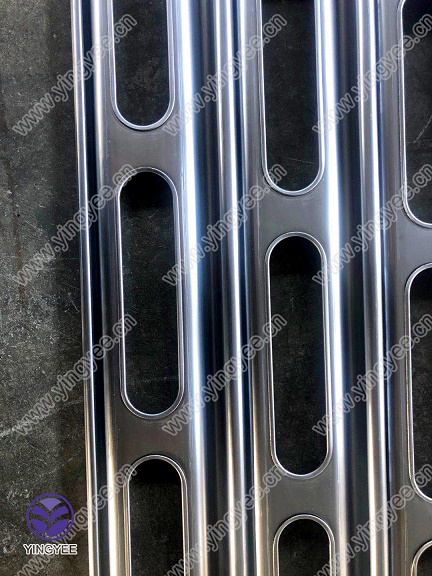
Discontinuation of PU Foam Production Line Implications and Alternatives
Polyurethane (PU) foam is a versatile material widely used in industries ranging from furniture manufacturing to automotive padding. However, recent developments suggest that certain production lines for PU foam are facing discontinuation. This shift raises several questions regarding the implications for industries reliant on this material and the potential alternatives that can be considered.
The Reasons Behind Discontinuation
The discontinuation of PU foam production lines can be attributed to several factors. First and foremost, environmental concerns are at the forefront. The production of PU foam often involves harmful chemicals, including isocyanates, which pose health risks to workers and contribute to environmental pollution. With increasing regulatory pressure and a growing emphasis on sustainability, companies are reconsidering their production processes.
Additionally, market demand is shifting. Many consumers are becoming more environmentally conscious and are seeking products made from sustainable materials. This trend is compelling manufacturers to invest in alternative materials and practices that minimize their ecological footprint, leading to a gradual phasing out of traditional PU foam production lines.
Implications for Industries
The discontinuation of PU foam production lines is likely to have significant implications for various industries. The furniture and bedding sectors, which heavily rely on PU foam for cushioning, may experience disruptions in supply. Manufacturers will need to reassess their sourcing strategies, which could result in increased costs and delays.

In the automotive industry, where PU foam is used for seats and insulation, the impacts could be even more pronounced. A sudden shortage of PU foam could derail production schedules and affect the overall quality of vehicles. Furthermore, the transition to alternative materials may require additional research and development efforts, which could slow down innovation in the sector.
Alternatives to PU Foam
As companies navigate this transition, several alternative materials are gaining traction. One of the most prominent is natural latex foam, derived from rubber trees. Natural latex is biodegradable and offers good durability and comfort, making it an appealing substitute for PU foam, especially in the bedding industry. However, it is important to note that natural latex can be more expensive and may not suit all applications.
Another alternative is memory foam made from plant-based materials. Advances in technology have allowed for the development of foam products that incorporate renewable resources, reducing reliance on petrochemicals. These plant-based foams not only offer comparable performance to traditional PU foam but also align with the sustainable values increasingly held by consumers.
Additionally, recycled foam materials present a viable option for manufacturers looking to reduce waste and minimize their environmental impact. By repurposing existing foam products, companies can create new foam solutions without the need for virgin materials, thus contributing to a circular economy.
Conclusion
The discontinuation of PU foam production lines marks a crucial turning point for industries that have long depended on this material. Environmental concerns, shifting consumer preferences, and regulatory pressures are driving this change, leading manufacturers to explore alternatives. While challenges may arise in the transition, innovative materials such as natural latex, plant-based foams, and recycled options offer promising solutions that align with modern sustainability goals. The road ahead may involve some hurdles, but it also presents an opportunity for industries to embrace more environmentally friendly practices and ultimately create a lasting positive impact on the planet. As stakeholders adapt to this new landscape, the focus will likely remain on balancing performance with sustainability, leading to a more responsible approach to manufacturing in the years to come.